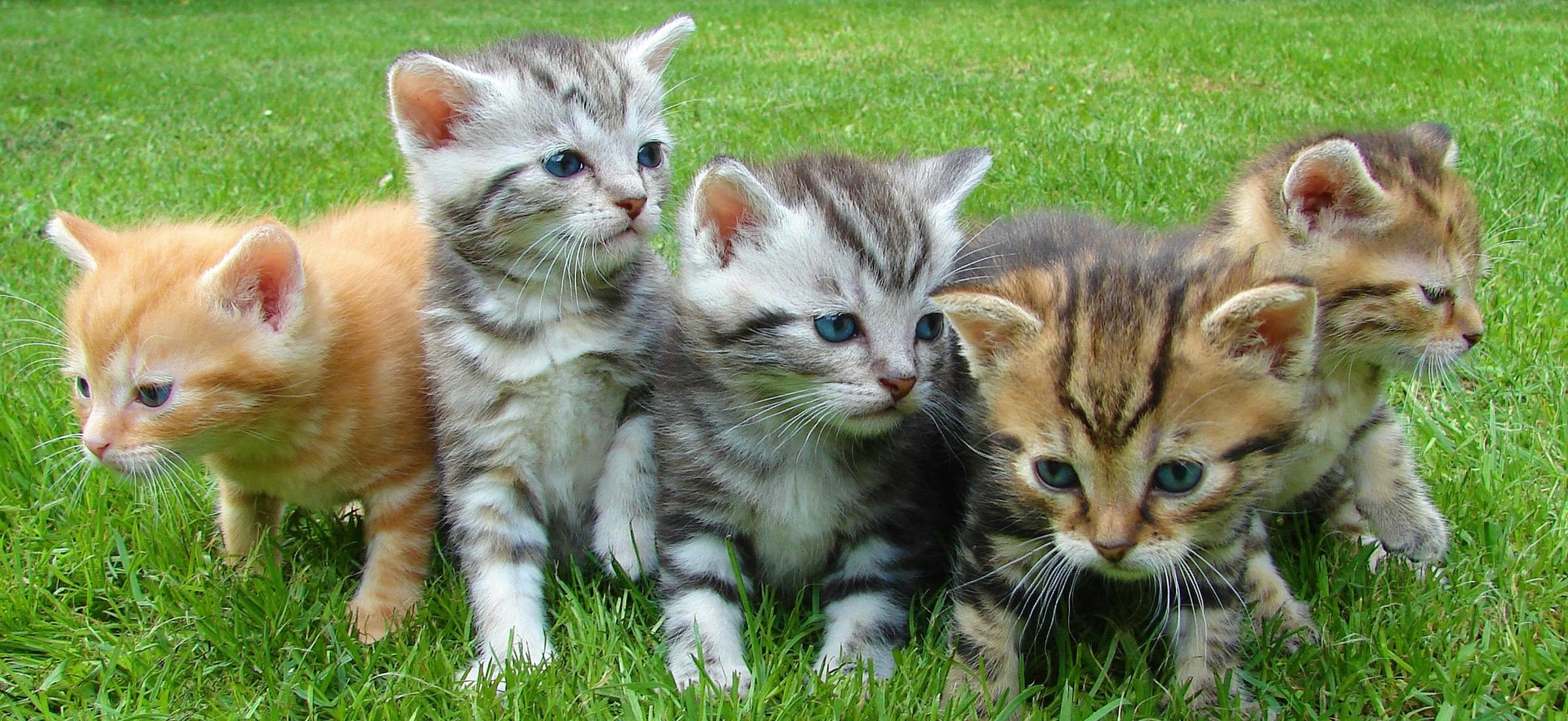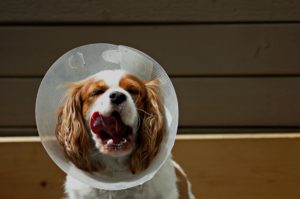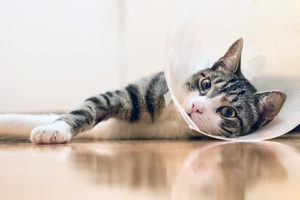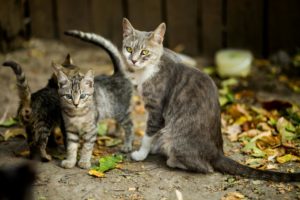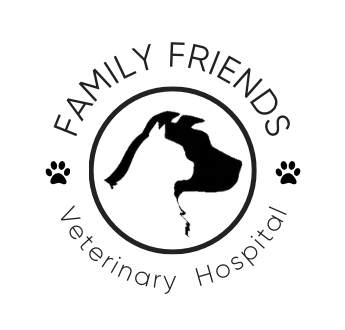Introduction
Welcome to Family Friends Veterinary Hospital’s blog, where we strive to provide valuable information to enhance the well-being of your beloved pets. In todays post, we’ll delve into the significance of spaying and neutering, exploring the benefits, risks, and special considerations for larger breeds and rescue situations.
Understanding Spaying and Neutering
Spaying and neutering are surgical procedures performed to sterilize pets, preventing them from reproducing. Spaying involves removing a female animal’s ovaries and uterus, while neutering refers to the removal of a male animal’s testicles. These procedures are commonly performed on cats and dogs, but their benefits extend beyond preventing unwanted litters.
Benefits of Spaying and Neutering
Health Benefits for Females: Spaying female pets helps prevent uterine infections and mammary gland tumors. It also eliminates the risk of ovarian and uterine cancers. This leads to a longer and healthier life for your pets.
Health Benefits for Males: Neutering male pets reduces the risk of testicular cancer and prostate problems. It also curbs unwanted behaviors such as aggression, marking, and roaming, making them more amiable companions.
Population Control: One of the primary benefits of spaying and neutering is the prevention of overpopulation. Unplanned litters contribute to the staggering number of homeless animals and overcrowded shelters, leading to euthanasia of healthy pets. Responsible pet ownership plays a key role in addressing this concern.
Risks and Considerations
Anesthesia Risks: Like any surgical procedure, there are inherent risks associated with anesthesia and surgery. However, advancements in veterinary medicine have significantly reduced these risks. At Family Friends Veterinary Hospital, we will always prioritize the safety and well-being of your pets during these procedures.
Weight Gain: Spaying and neutering can lead to a slight increase in a pet’s tendency to gain weight. However, with a well-balanced diet and regular exercise, this can be managed to ensure your pet maintains a healthy weight.
Special Considerations for Larger Breeds
Growth Plate Concerns: Larger breeds may experience delayed closure of growth plates after spaying or neutering. It is crucial to consult with our experienced veterinarians to determine the optimal timing for the procedure, considering the individual growth and development of the specific breed.
Joint Health: Research suggests that delaying spaying or neutering in larger breeds may reduce the risk of certain orthopedic issues, such as hip dysplasia. Understanding the specific needs of your pet’s breed is essential for making informed decisions.
Nutritional Needs: Large breeds often have specific nutritional requirements. Our veterinary team will provide tailored advice on diet and supplements to support their overall health, especially after spaying or neutering.
Rescue Situations
Rescue organizations play a vital role in finding homes for abandoned animals. However, it’s crucial for these organizations to prioritize spaying and neutering to break the cycle of overpopulation and ensure the well-being of the animals in their care. Early spay-neuter ensures that any puppy that is rehomed from a shelter does not subsequently contribute to the problem of pet overpopulation. Most rescues will place young puppies in kitten into foster homes until they are old enough to have the procedures done safely, always based on a consultation of a veterinarian.
Conclusion
Spaying and neutering are essential components of responsible pet ownership. By understanding the benefits, risks, and considering special circumstances for larger breeds and rescue situations, pet owners can make informed decisions that contribute to the well-being of their beloved companions and help control the pet overpopulation crisis. Family Friends Veterinary Hospital is committed to providing compassionate care and guidance for all your pet’s needs.

